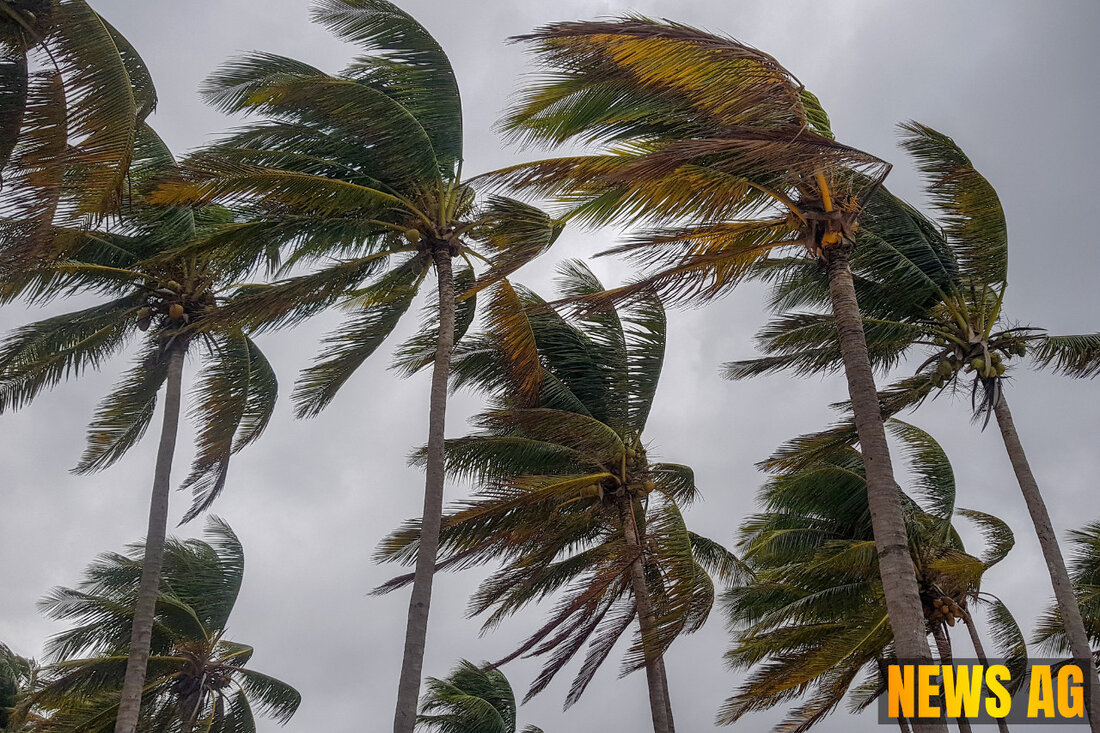Hurricane Season Alert: First Area of Interest Labeled in Atlantic!

Miramar, Florida, USA - The season is heating up as the National Hurricane Center (NHC) has identified its first area of interest in the Main Development Region of the Atlantic for the hurricane season. Nestled east of the eastern Caribbean islands, this early detection signals a busy few months ahead. According to Local 10, this marks a notable point, especially as in 9 of the last 16 seasons, the first area of interest was labeled in June. In a year like 2025, where it’s arrived in July, we’re reminded of the unpredictability of our storms.
The history isn’t just a casual mention; it ties back to the activity levels seen during previous hurricane seasons. Notably, both 2014 and 2016 had their first areas of interest come along much later than this year. It seems that while storms do sometimes need a bit of elbow grease before they can take shape, there may be a brewing storm ahead.
What’s on the Horizon?
As we look forward, the Cabo Verde hurricane season kicks off officially in August, reaching its zenith in September and wrapping up in mid-October. Typically, the first tropical system in this developmental region forms in the first week of August. However, forecasts currently suggest that the disturbance tropical in focus remains unlikely to develop due to environmental factors. Dust from the Sahara and disorganized thunderstorm activity have put a damper on hopes for a quick development, with increasing wind shear expected to limit its growth from Wednesday onward.
Although models indicate low chances of seeing a distinguishable low-pressure area forming to the west of the Lesser Antilles, Florida won’t be entirely out of the woods just yet. There’ll still be some locally heavy rains expected in the state and along the central-northern Gulf Coast. This could be linked to a smaller piece of Invest 93L, but as meteorologists like those at the Cooperative Institute for Meteorological Satellite Studies (CIMSS) push forward with their analyses, a careful eye will be kept on the developing African disturbance. The outlook there remains uncertain, although there are whispers that it could slowly organize itself in the central Atlantic later this week.
Tools of the Trade
The NOAA plays an essential role in tracking and predicting these atmospheric whims, using taxpayer-funded tools to give us the heads-up on storm developments. Among these tools are advanced forecasting sources like the Joint High-Resolution Forecast (HREF) and, crucially, CIMSS—albeit it’s facing elimination in the NOAA’s 2026 proposed budget. This lack of funding, if it persists, could pose challenges to timely and accurate weather predictions moving forward.
For those keen on diving deeper into satellite data, the NHC offers a variety of animated imagery options, from GeoColor to visible and infrared images, which cover multiple regions including the Atlantic and Gulf. The imagery can be an insightful tool for both professional meteorologists and curious onlookers wanting to keep tabs on what could develop into a tropical cyclone.
Also worth noting is the GOES-16 satellite, which provides high-resolution infrared images every few minutes. The data from the STAR facility could help identify cloud formations and gauge the height of cloud tops, giving both the layperson and the experts plenty to chew on concerning storm potential. As we prepare for a potentially active stretch ahead, fitting tools and precise weather predictions will be vital in ensuring community safety.
In conclusion, as we settle into our beachside lifestyles this summer, let’s remember the part Mother Nature plays in our paradise. Keep an ear out for updates, and let’s hope for calmer seas and clear skies as the storm season unfolds.
| Details | |
|---|---|
| Ort | Miramar, Florida, USA |
| Quellen | |
